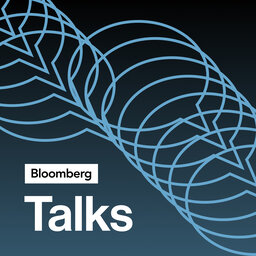Austan Goolsbee Talks Fed Policy, Inflation Data
Federal Reserve Bank of Chicago President Austan Goolsbee said policymakers should cut interest rates if US inflation continues to fall back to the 2% target.
The Chicago Fed chief, speaking Tuesday on Bloomberg TV in Sintra, Portugal, said he feels “we are on a path to 2%” inflation and “if you just hold the rates where they are while inflation comes down, you are tightening — so you should do that by decision, not by default.”
 Bloomberg Talks
Bloomberg Talks


